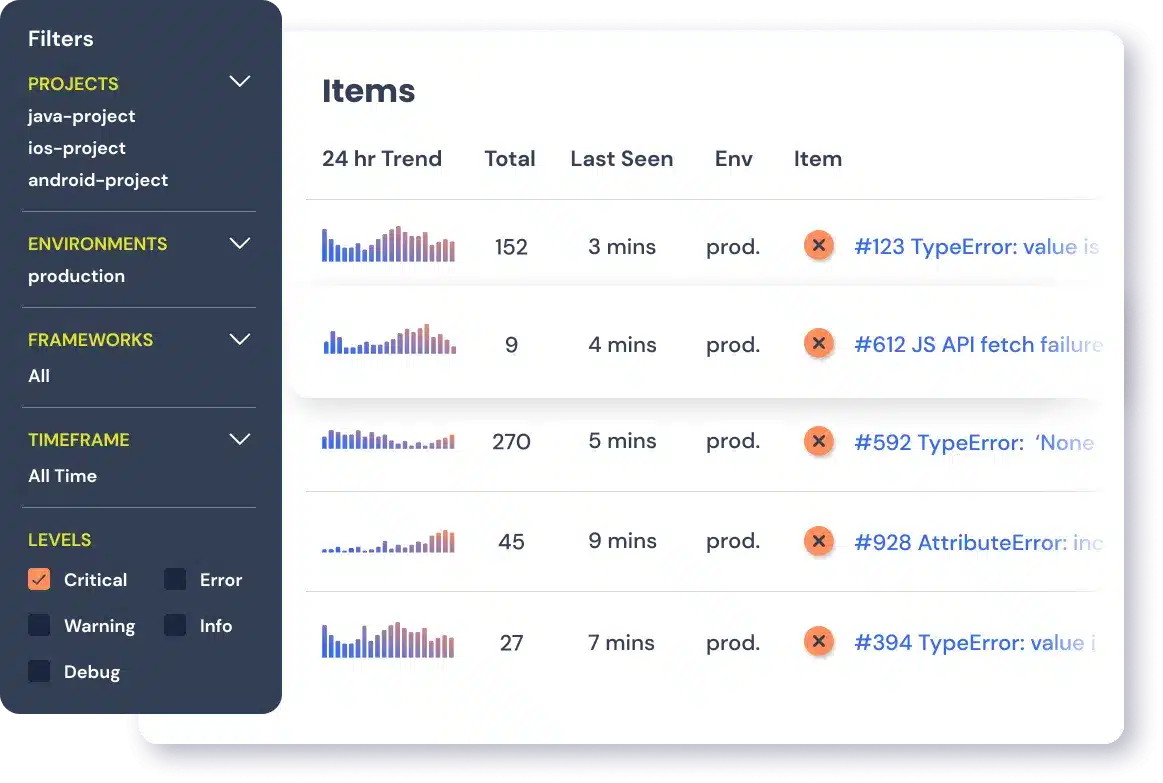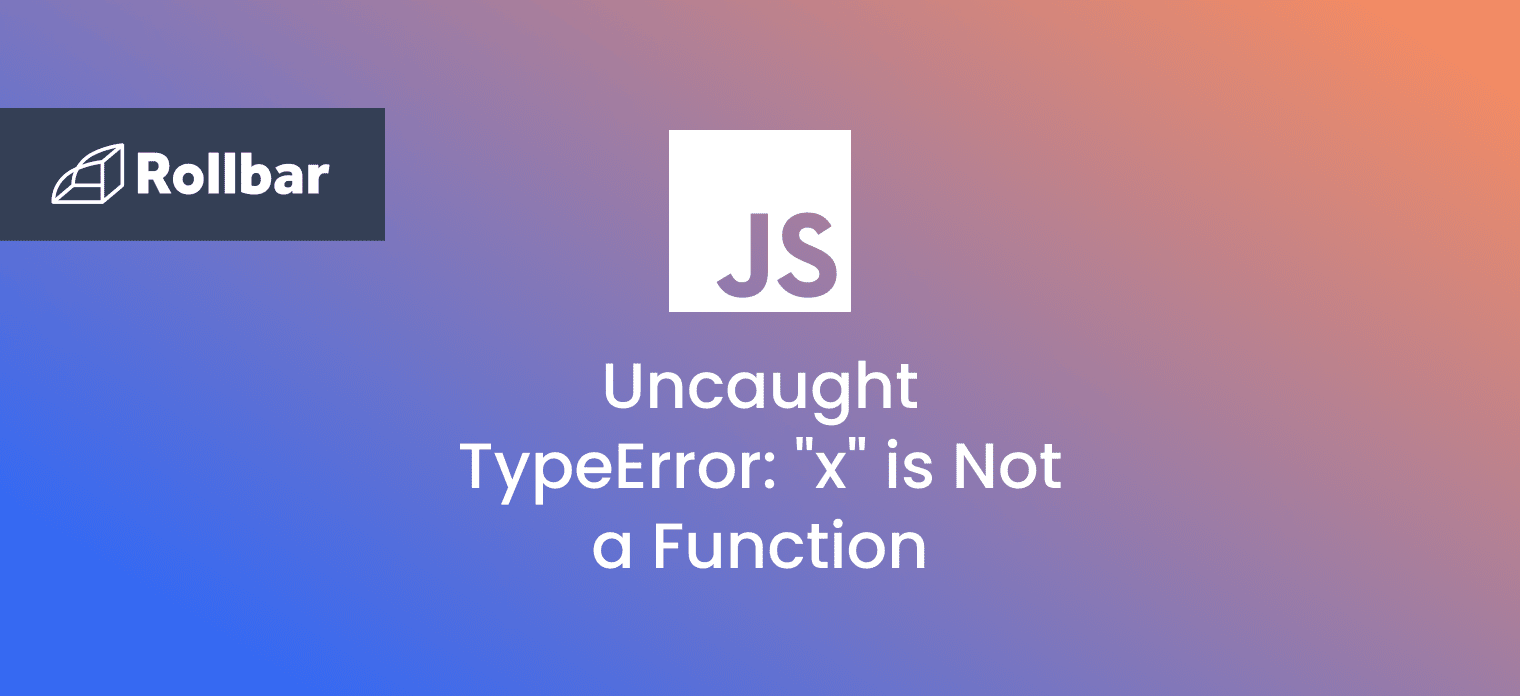What is a Constructor in JavaScript?
A constructor is a special function that creates and initializes an object instance of a class. In JavaScript, a constructor gets called when an object is created using the new keyword.
The purpose of a constructor is to create a new object and set values for any existing object properties.
What Happens When A Constructor Gets Called?
When a constructor gets invoked in JavaScript, the following sequence of operations take place:
- A new empty object gets created.
- The
thiskeyword begins to refer to the new object and it becomes the current instance object. - The new object is then returned as the return value of the constructor.
JavaScript Constructor Examples
Here’s a few examples of constructors in JavaScript:
Using the "this" Keyword
When the this keyword is used in a constructor, it refers to the newly created object:
//Constructor
function User() {
this.name = 'Bob';
}
var user = new User();
Create Multiple Objects
In JavaScript, multiple objects can be created in a constructor:
//Constructor
function User() {
this.name = 'Bob';
}
var user1 = new User();
var user2 = new User();In the above example, two objects are created using the same constructor.
Constructor with Parameters
A constructor can also have parameters:
//Constructor
function User (name, age) {
this.name = name;
this.age = age;
}
var user1 = new User('Bob', 25);
var user2 = new User('Alice', 27);In the above example, arguments are passed to the constructor during object creation. This allows each object to have different property values.
Constructor vs Object Literal
An object literal is typically used to create a single object whereas a constructor is useful for creating multiple objects:
//Object literal
let user = {
name: 'Bob'
}//Constructor
function User() {
this.name = 'Bob';
}
var user1 = new User();
var user2 = new User();Each object created using a constructor is unique. Properties can be added or removed from an object without affecting another one created using the same constructor. However, if an object is built using an object literal, any changes made to the variable that is assigned the object value will change the original object.
Object Prototype
Properties and methods can be added to a constructor using a prototype:
//Constructor
function User() {
this.name = 'Bob';
}
let user1 = new User();
let user2 = new User();
//Adding property to constructor using prototype
User.prototype.age = 25;
console.log(user1.age); // 25
console.log(user2.age); // 25In the above example, two User objects are created using the constructor. A new property age is later added to the constructor using a prototype, which is shared across all instances of the User object.
Built-in Constructors
JavaScript has some built-in constructors, including the following:
var a = new Object();
var b = new String();
var c = new String('Bob')
var d = new Number();
var e = new Number(25);
var f = new Boolean();
var g = new Boolean(true);Although these constructors exist, it is recommended to use primitive data types where possible, such as:
var a = 'Bob';
var b = 25;
var c = true;Strings, numbers and booleans should not be declared as objects since they hinder performance.
Track, Analyze and Manage Errors With Rollbar

Managing errors and exceptions in your code is challenging. It can make deploying production code an unnerving experience. Being able to track, analyze, and manage errors in real-time can help you to proceed with more confidence. Rollbar automates error monitoring and triaging, making fixing Java errors easier than ever. Sign Up Today!








